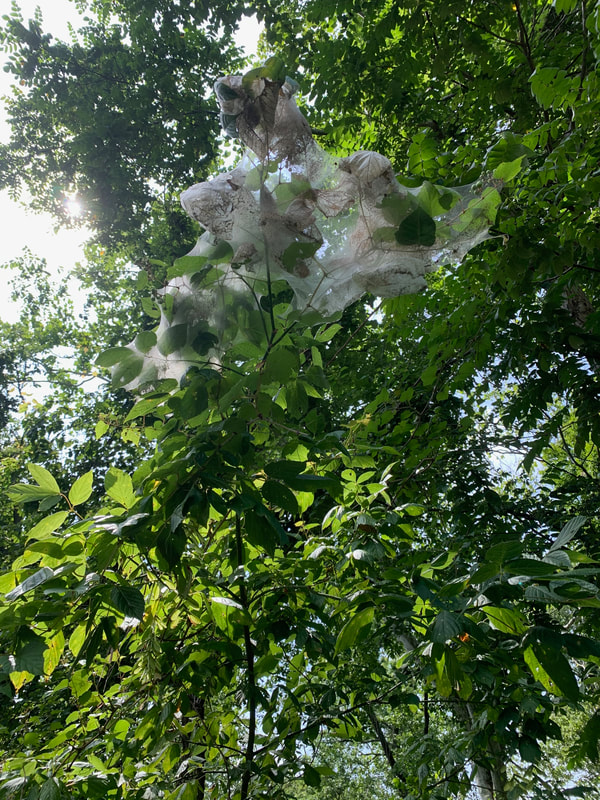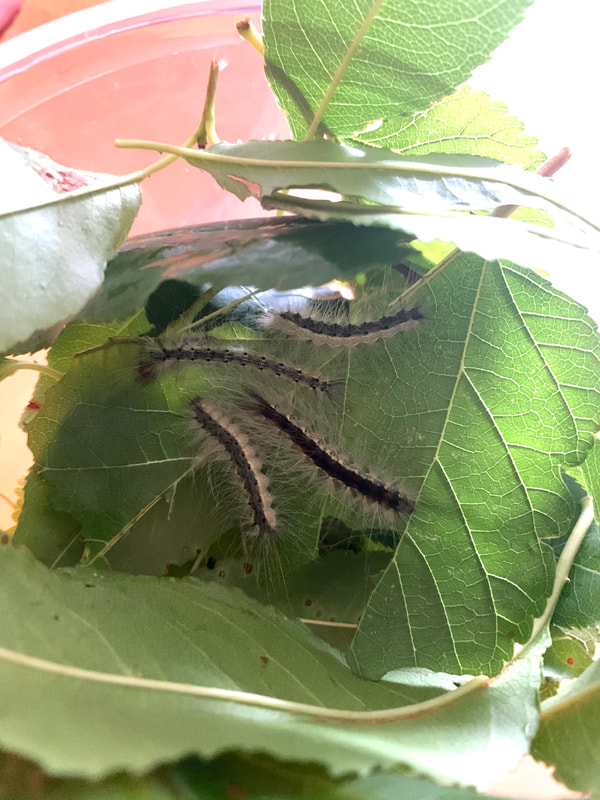What makes a generalist herbivore? The interplay between top-down and bottom-up forces on herbivore diet breadth
One-third of all species on Earth are herbivorous insects. Herbivores are key to environmental health, as they constitute a food source for other animals, they act as pollinators, and can also be pests of food crops. Thus, to conserve natural habitats and our food supply, we must know how insect herbivores are affected by their food plants and by the animals that eat them.
After decades of research, we still do not know why insect herbivores feed on the plants that they eat. In this project we work with the fall webworm Hyphantria cunea, a generalist that feeds on over 400 plant species, to answer: What allows generalist herbivores to use new plants or to feed on many different types of plants? Answering this question is key for knowing when and how pests spread onto different crops and to understand how selective forces from host plant use and natural enemies affect the evolution and diversification of insect herbivores.
Collaborative Research involving: Dr. Gina Wimp, Dr. Shannon Murphy, Dr. Mayra Vidal, Dr. Dhaval Vias, and Dr. Mariana Abarca
After decades of research, we still do not know why insect herbivores feed on the plants that they eat. In this project we work with the fall webworm Hyphantria cunea, a generalist that feeds on over 400 plant species, to answer: What allows generalist herbivores to use new plants or to feed on many different types of plants? Answering this question is key for knowing when and how pests spread onto different crops and to understand how selective forces from host plant use and natural enemies affect the evolution and diversification of insect herbivores.
Collaborative Research involving: Dr. Gina Wimp, Dr. Shannon Murphy, Dr. Mayra Vidal, Dr. Dhaval Vias, and Dr. Mariana Abarca


